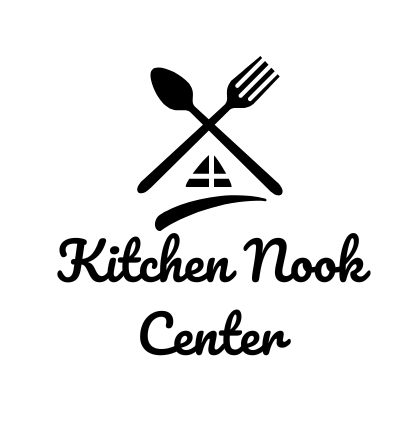When it comes to essential kitchen tools, plastic mixing bowls are a versatile and practical choice. Known for their lightweight nature, affordability, and wide range of uses, plastic mixing bowls are a staple in both home kitchens and professional settings. In this guide, we’ll explore the benefits of plastic mixing bowls, key features to consider, and some top recommendations to enhance your culinary endeavors.
Why Choose Plastic Mixing Bowls?
- Lightweight and Easy to Handle: Plastic mixing bowls are significantly lighter than their metal or glass counterparts, making them easy to handle, pour from, and transport around the kitchen.
- Affordability: Generally, plastic mixing bowls are more budget-friendly, allowing you to get multiple sizes and sets without breaking the bank.
- Durability: High-quality plastic mixing bowls are resistant to breaking and chipping, which makes them a durable option for busy kitchens where drops and knocks are common.
- Versatility: Plastic bowls are perfect for a variety of kitchen tasks, from mixing batter and dough to tossing salads and serving snacks. They’re also microwave-safe, which adds to their versatility.
- Safety: Plastic mixing bowls are a safe option for children and those who may struggle with heavier or breakable materials. They’re ideal for teaching kids how to cook and bake.
Key Features to Consider
- Material Quality: Look for bowls made from BPA-free, food-grade plastic to ensure they’re safe for all types of food preparation and storage.
- Non-Slip Base: Some plastic mixing bowls come with a non-slip base or rubberized bottom, providing extra stability and preventing the bowl from sliding around during mixing.
- Nesting Design: Bowls that nest within each other save storage space and make it easy to keep your kitchen organized.
- Measurement Markings: Internal measurement markings can be a handy feature, allowing you to measure ingredients directly in the bowl without needing additional measuring cups.
- Lids: Bowls that come with lids are useful for storage, allowing you to prep ingredients in advance and keep them fresh until needed. Lids also make it easy to transport food without spills.
- Microwave and Dishwasher Safe: Ensure the bowls are both microwave- and dishwasher-safe for convenience. This makes them suitable for reheating food and easy to clean.
Tips for Using Plastic Mixing Bowls
- Avoid High Heat: While plastic bowls are generally microwave-safe, avoid using them for tasks that require prolonged exposure to high heat, such as mixing hot caramel or deep-frying.
- Use Appropriate Utensils: To maintain the integrity of your bowls, use silicone, wood, or plastic utensils instead of metal ones that could scratch the surface.
- Stain Prevention: To prevent staining from highly pigmented foods (like tomatoes or beets), rinse or soak the bowl immediately after use.
- Odor Management: To keep your bowls odor-free, wash them promptly and consider using a mixture of baking soda and water to remove any lingering smells.
Top Recommendations
- OXO Good Grips 3-Piece Mixing Bowl Set: Known for their non-slip bases and comfortable grips, these bowls also feature easy-to-pour spouts and are available in a range of vibrant colors.
- Nordic Ware Prep & Serve Mixing Bowl Set: This set includes bowls of various sizes that nest for easy storage. They’re microwave- and dishwasher-safe, making them versatile and convenient.
- Cuisinart CTG-00-SMB 3-Piece Mixing Bowl Set: Durable and lightweight, these bowls come with lids and feature non-slip bottoms, making them perfect for mixing and storing.
- KitchenAid Classic Mixing Bowls: These bowls are designed with pour spouts, nonslip bases, and comfortable handles. They also come in a variety of colors to match your kitchen decor.
